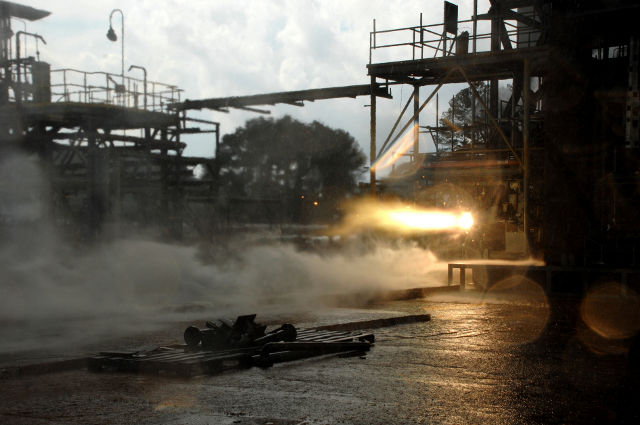SUMMARY
This is AI generated summarization, which may have errors. For context, always refer to the full article.

MANILA, Philippines – The rise of 3D printing as a viable alternative for building and creating things beyond robotic prostheses takes another step forward thanks to the National Aeronautics and Space Administration (NASA).
NASA used 3D printing, specifically a process called direct metal laser sintering, to create and test a rocket injector.
According to NASA’s announcement, the injector “delivers propellants to power an engine and provides the thrust necessary to send rockets to space.”
The test showed that this latest version of their 3D-printed rocket parts “produced 10 times more thrust than any injector previously fabricated using 3-D printing.”
The early test data also notes that the injector performed flawlessly while under pressures of up to 1,400 pounds per square inch absolute and temperatures of nearly 6,000 degrees Fahrenheit.
The hope with further testing is that NASA can produce quality rocket parts while saving money in the process.- Rappler.com
Add a comment
How does this make you feel?
There are no comments yet. Add your comment to start the conversation.